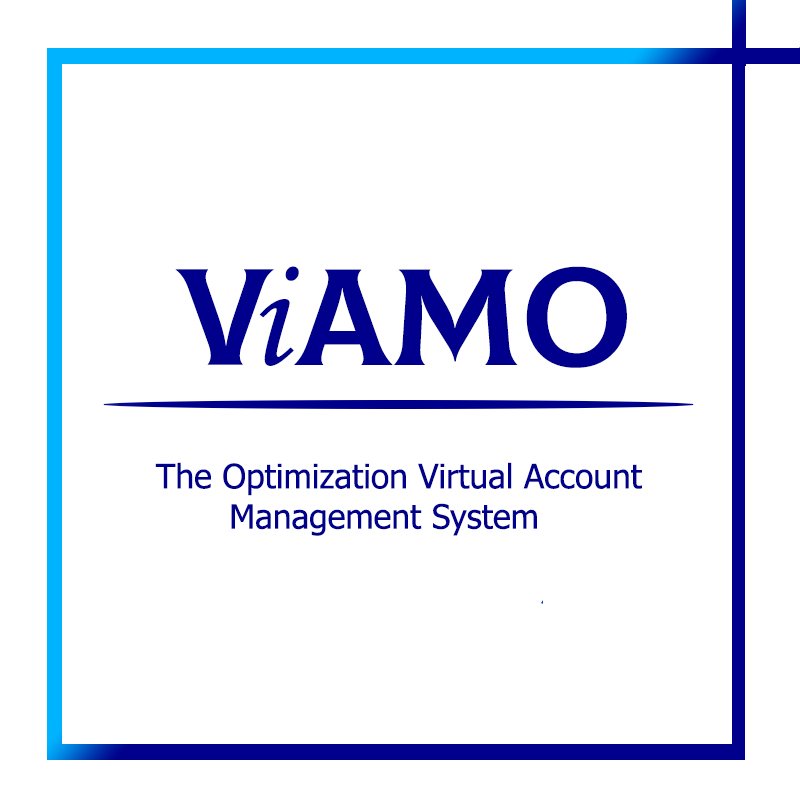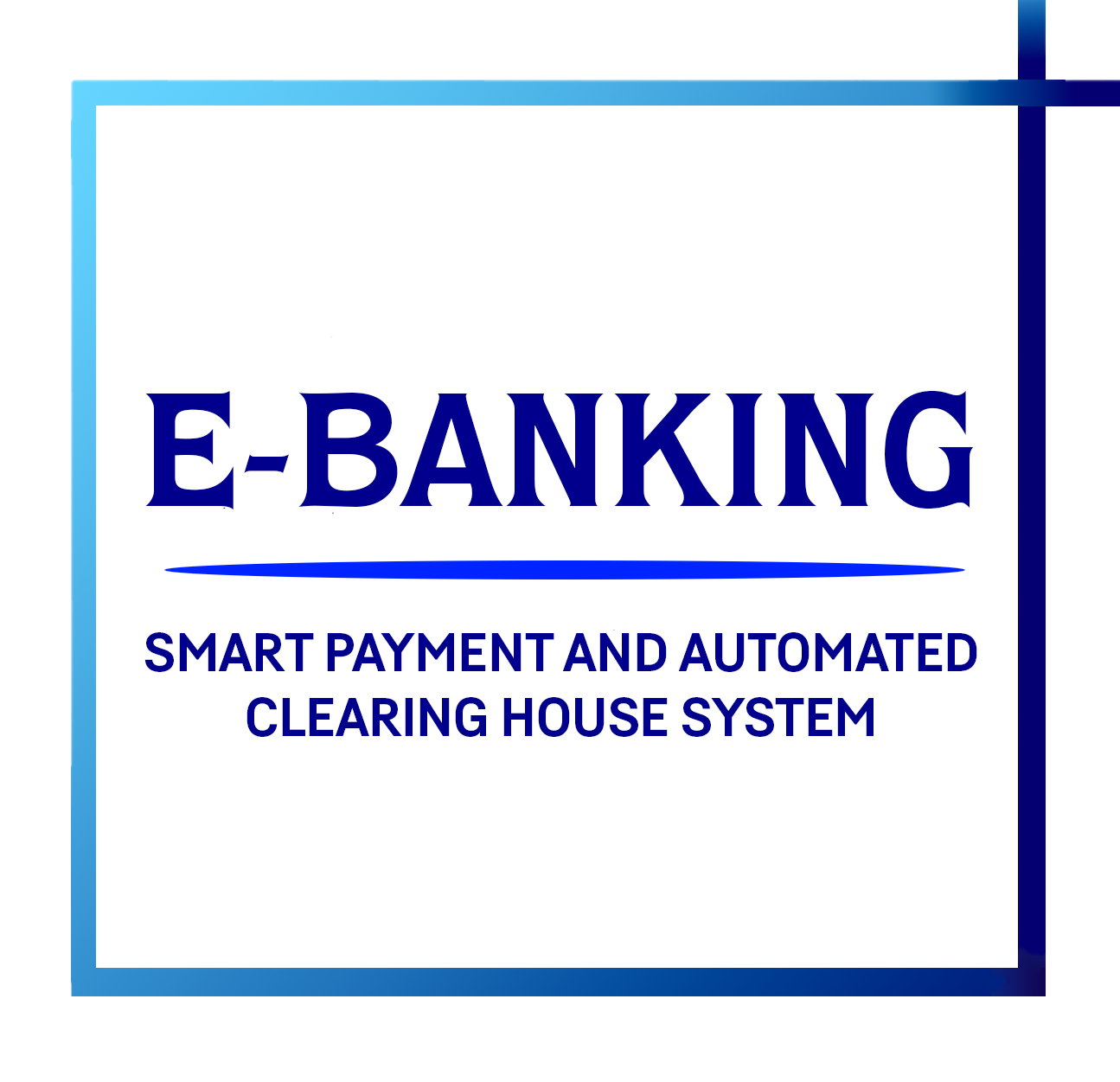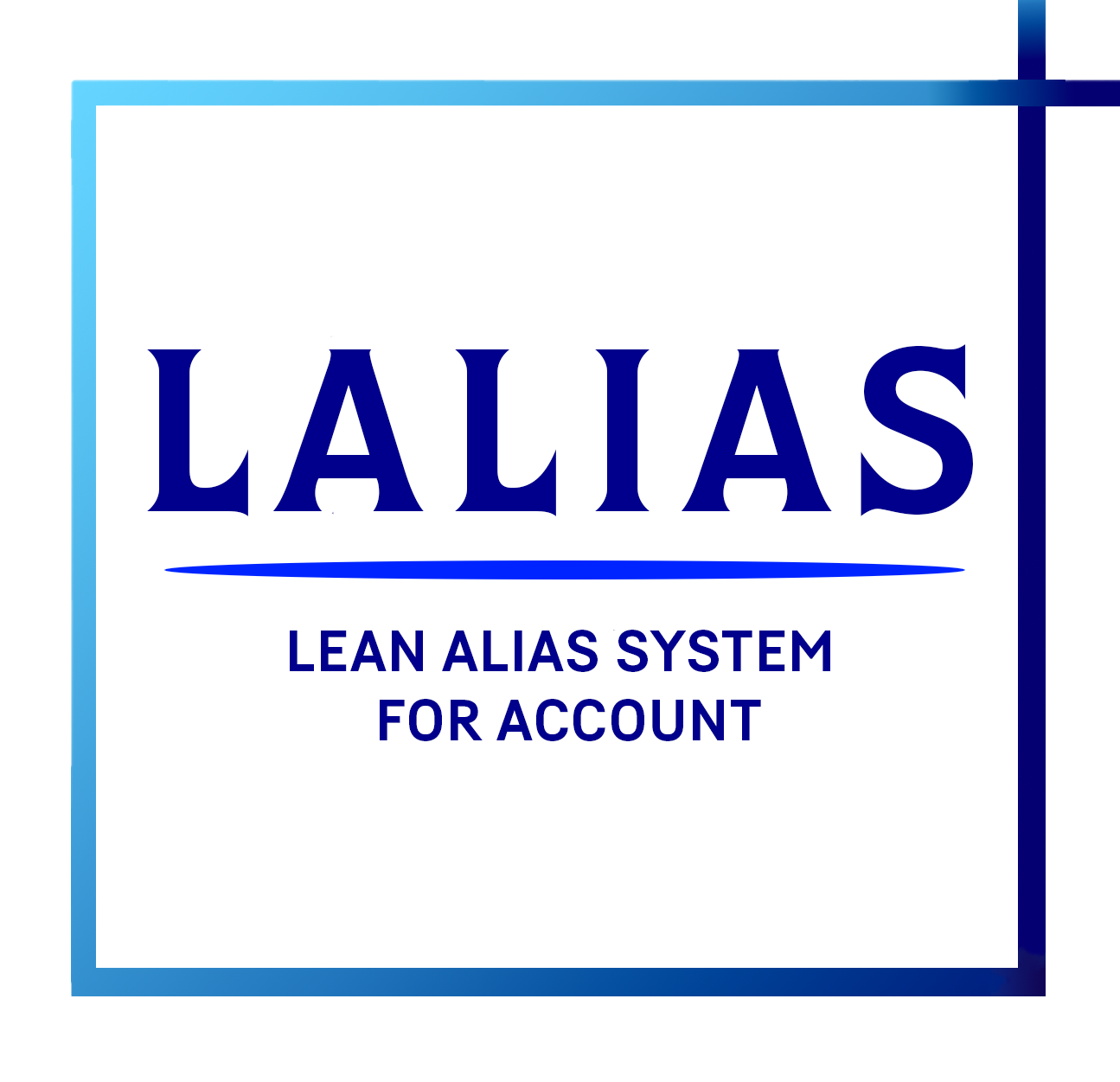
ViAMO – The Optimization Virtual Account Management System
Introduction to Virtual Account Management (VAM)
Virtual Account Management (VAM) is an advanced financial solution that allows businesses and financial institutions to manage virtual accounts under a single primary bank account. VAM optimizes financial management, simplifies transactions, and enhances cash flow control. Below is a detailed introduction to VAM, including its definition, benefits, key features, and implementation process.
1. Definition of VAM
VAM is a system that creates and manages virtual accounts under a single primary account. Each virtual account can be assigned to different business units, projects, or customers. Although these virtual accounts do not exist physically within the banking system, they provide detailed management and reporting capabilities for each sub-account.
2. Benefits of VAM
Optimized Cash Flow Management:
- Centralization: Helps centralize account and cash flow management, reducing fragmentation and complexity.
- Monitoring: Easily monitor and manage cash flows between virtual accounts.
Improved Operational Efficiency:
- Automation: Automates the coordination and management of accounts, minimizing manual errors.
- Time Savings: Reduces the time needed to process transactions and reconcile accounts.
Enhanced Control and Transparency:
- Delegation: Easily delegate and control financial activities for each virtual account.
- Transparency: Increases transparency and traceability of financial transactions.
3. Key Features of VAM
Creation and Management of Virtual Accounts:
- Virtual Account Creation: Easily create virtual accounts as per business requirements.
- Account Management: Manage balances, transactions, and other related information for each virtual account.
Integration and Transaction Automation:
- System Integration: Integrate with existing financial and ERP systems to synchronize data and automate transactions.
- Transaction Processing: Automatically process payments, fees, and fund transfers between accounts.
Reporting and Analysis:
- Financial Reporting: Provide detailed reports on balances, transactions, and other financial activities.
- Data Analysis: Analyze financial trends and performance for each virtual account.
Security and Compliance:
- Authentication and Access Control: Ensure only authorized individuals can access and perform transactions.
- Legal Compliance: Comply with legal regulations and international security standards such as GDPR and PCI-DSS.
4. Conclusion
Virtual Account Management (VAM) is a powerful solution that helps businesses and financial institutions manage accounts and cash flows efficiently and transparently. With VAM, businesses can optimize financial processes, improve operational efficiency, and enhance control. Implementing VAM requires close collaboration between the service provider and the customer to ensure the system operates smoothly and meets all business needs.




